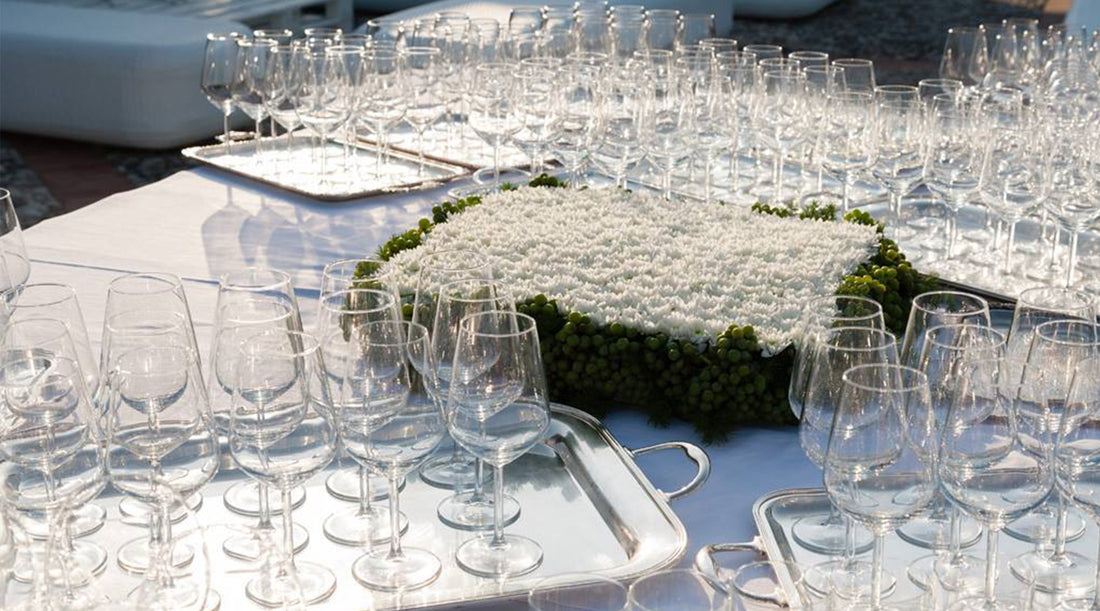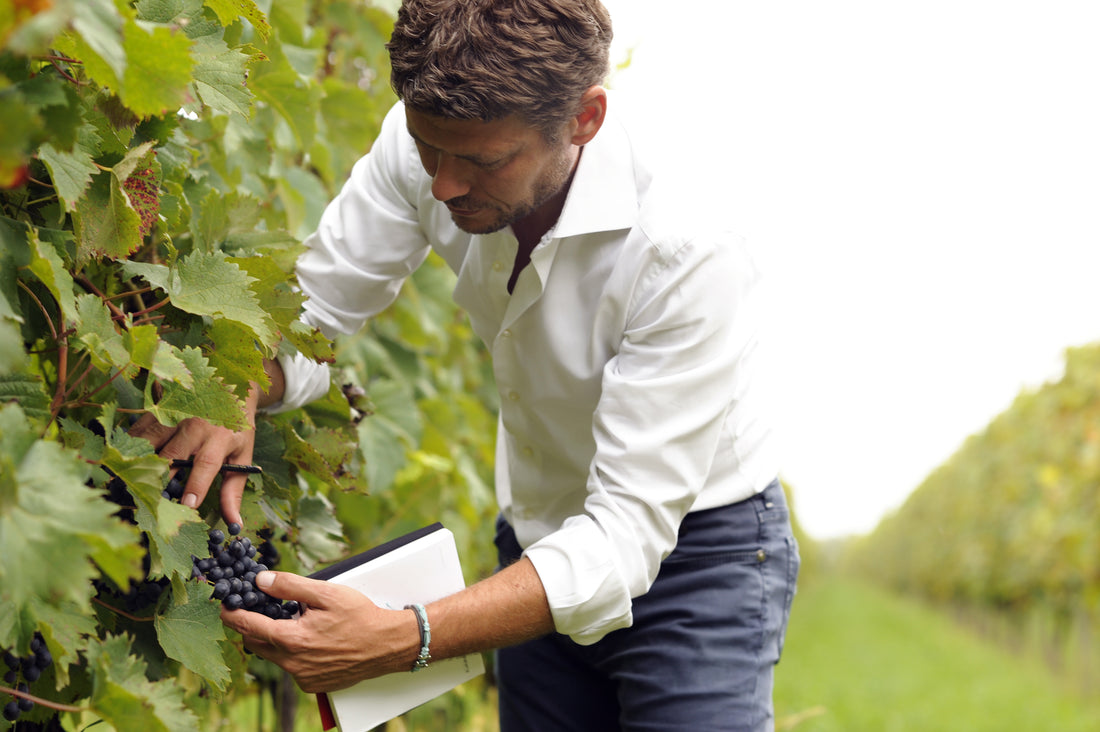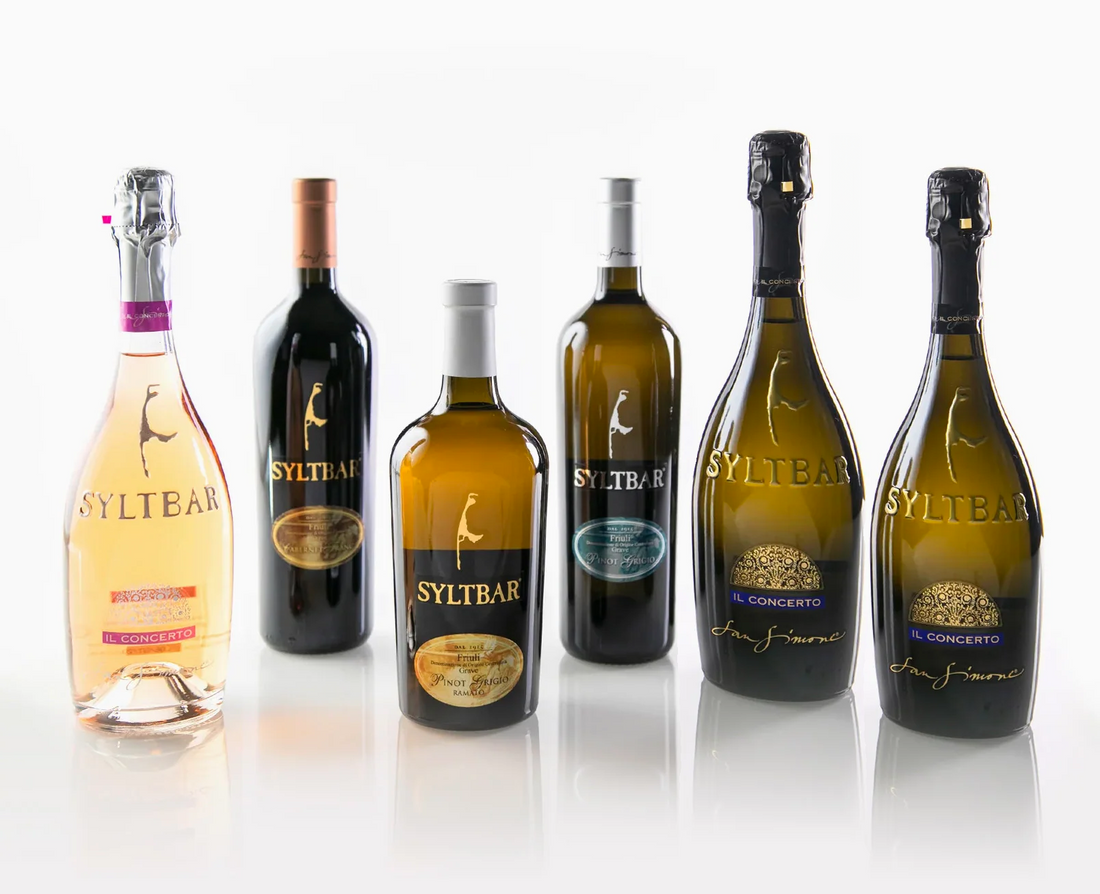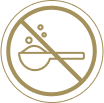What is a good rating for a wine?
You have probably heard a wine referred to on a point scale before, right? “Oh, here is a nice 96-point Cabernet” or “You have to try this 93-point Sauvignon Blanc.” While these points do mean that a wine has received certain accolades and awards, there is much more to this point system than meets the eye: mainly, you have to pay for them.
Wine scores are a marketing tool, and just like wine brands would purchase advertisements in a magazine or on social media, there is also a price to pay in order to be put through the testing required in order to receive a score. It’s like a Hollywood star — yes, you have to be good to get one, but you still have to pay for it.

A wine score is basically a number grade that wine critics give to a wine based upon their opinion of its quality. Wine brands that want a score have to pay for it. If they receive positive remarks and a high score, it can be used to their advantage. Adding a high score to the branding can help the brand better market and sell the wine to consumers, end customers and even distributors.
There are a few different point scales that critics use for this: the most commonly used is the 100-point scale, but there is a 20-point scale as well.
What is the 100-point Wine Score Scale?
The 100-point scale was made popular by two leading publications in the wine industry: Wine Spectator and Wine Advocate. The scale says that a wine rated 95-100 is a “class, great wine,” while those that fall in the 90-94 range are “outstanding, a wine of superior character and style” and those in the 85-89 are “very good, a wine with special qualities.” Most of the wines that go through this evaluation process fall within either of these three categories, but there are three others that, should a wine receive, could have the potential to affect the brand’s credibility. Wines rated 80-84 are still “good” considered a “solid, well-made wine,” but then it gets worse: the 75-79 range means the wine is “mediocre, a drinkable wine that may have minor flaws,” and 50-74 is just flat out “not recommended.”
What is the 20-point Wine rating System?
The 20-point system is much more technical and traditional, originally established for wine educators. It goes from 12 to 20, 20 being “truly exceptional” and 12 being “faulty or unbalanced.”
Wine scores can make or break a wine, if the wine brand chooses to go through with this not-really-so-necessary grading process. Some brands relish in this kind of praise and use it to their advantage to portray themselves as superior to other wines that could be just as good, but choose not to be rated, or in some cases, cannot pay the price it costs to be rated. It is not cheap, and that could be the reason why a large majority of points-rated wines are larger companies who have the capital to continually have their wines rated year after year. But… that is kind of a catch 22. The higher the rating, the higher the demand becomes, and these companies have to mass produce in order to keep up with that demand — and sometimes, mass production can affect quality.

SYLTBAR does not have a wine score because our winery does not agree with the concept of paying for the reviews and rewards. Instead, we prefer advertising and marketing our wines through word-of-mouth between trusted friends and fellow wine lovers — and that is exactly how we have successfully grown our brand over the last twelve years since coming into the US market.
Just because we don’t “pay to play” in the wine industry rating world, doesn’t mean we are not receiving five star reviews from our customers and high marks from social media influencers, media outlets and wine festivals.

SYLTBAR is made by one family owned vineyard in Italy with over a hundred years of experience in naturally produced wines. When you become a customer and love SYLTBAR the way we do — not because of its high rating, but because of its pure, natural, delicious juice — we welcome you into our family.
Shop for SYLTBAR Premium Prosecco, Sparkling Rosé and our line of six fine wines at our online store, or search for a wine retailer near you that sells our wines.







